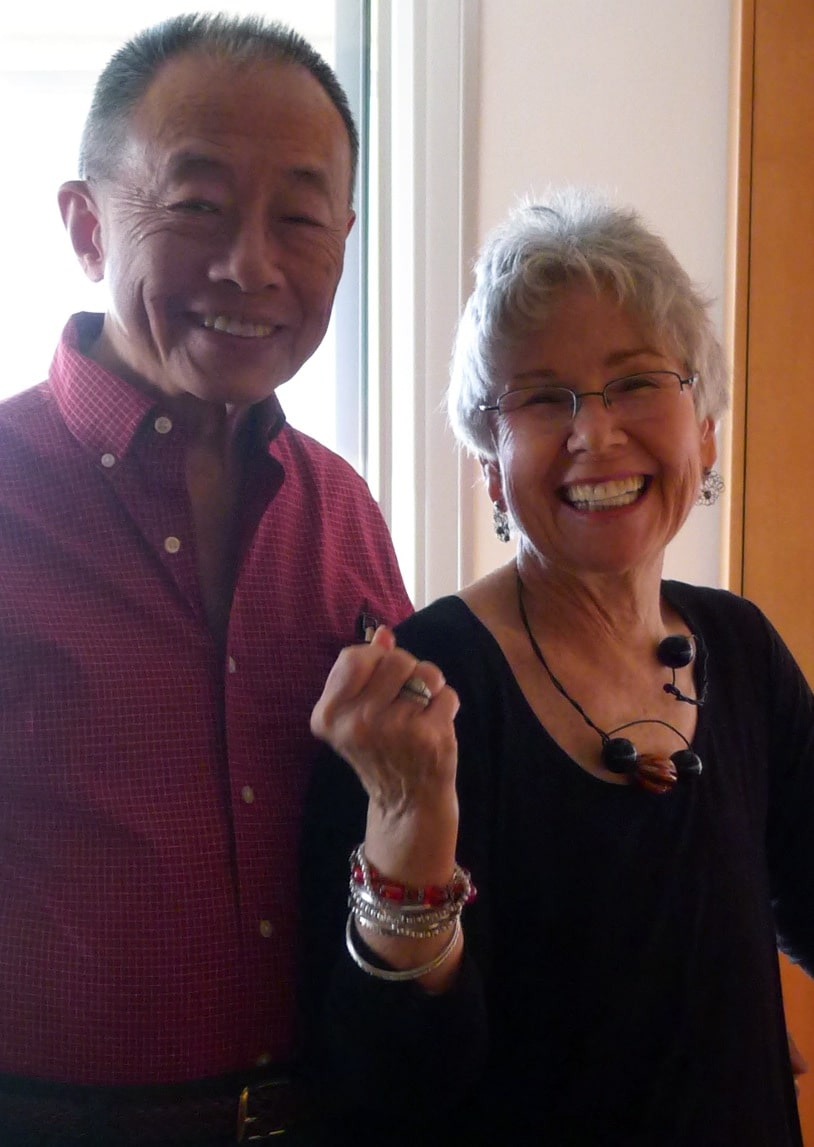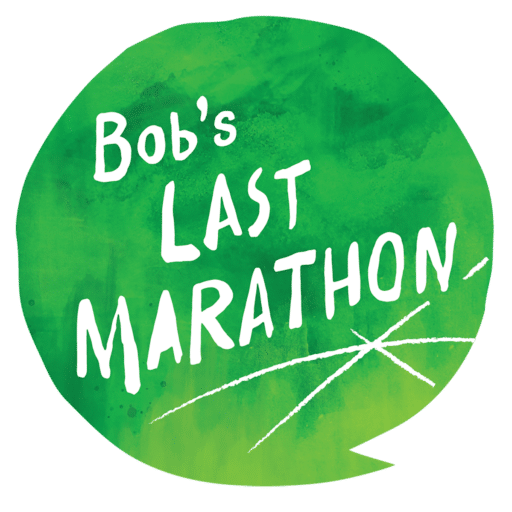By Meghan McCarthy
Author’s Note: This article is part of an ongoing coverage of the 2024 Alzheimer’s Association International Conference (AAIC). To view all highlights, please click here.
For the third consecutive year, I have had the privilege of interviewing physician-scientists and researchers to cover their work ahead of the Alzheimer’s Association International Conference (AAIC). These conversations are rich in information and inspiration for the future directions of work in Alzheimer’s disease and related dementias (ADRDs). Yet this year, with the conference being held in Philadelphia, and ongoing clinical trials to delay onset of dementia for early AD, I must admit there is a different air of excitement. Penn is a mecca of ADRD clinicians, researchers, and trainees. This was our year to not only host but highlight the tremendous contributions individuals from Penn are making in the field.
A leading force among this group is Virginia Man-Yee Lee, PhD, MSc, MBA.
As the director of the Center for Neurodegenerative Disease Research (CNDR) at the University of Pennsylvania, Dr. Lee studies the role of different misfolded proteins in various neurodegenerative disorders of aging, including Alzheimer’s disease. She has authored over 1,000 research publications and has been cited in over 200,000 articles. In recognition of her work, Research.com ranked her among the world’s top 100 scientists and as the third most prominent in 2024. She has been awarded dozens of academic honors, notably the Breakthrough Prize in Life Sciences in 2020, with a $3 million grant from a selection committee and funded by Facebook’s Mark Zuckerberg, Google’s Sergey Brin and others.
Prior to this year’s conference, I sat down with Dr. Lee to discuss her conference presentation, views about the future of our field, and to catch up. Amongst our varied conversation, her main message was clear: the future of ADRD research is tau.





